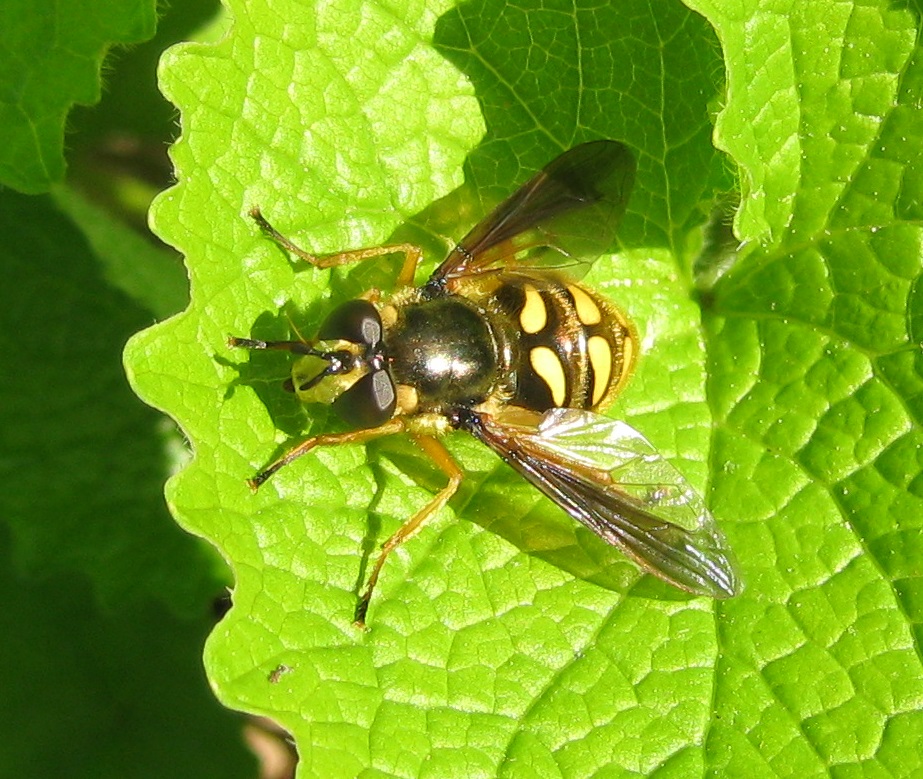|
Spilomyia Permagna
''Spilomyia permagna'' is a species of Hoverfly in the family Syrphidae. Distribution Japan Japan is an island country in East Asia. Located in the Pacific Ocean off the northeast coast of the Asia, Asian mainland, it is bordered on the west by the Sea of Japan and extends from the Sea of Okhotsk in the north to the East China Sea .... References Milesiini Insects described in 1958 Diptera of Asia Taxa named by Aleksandr Stackelberg {{Milesiini-stub ... [...More Info...] [...Related Items...] OR: [Wikipedia] [Google] [Baidu] |
Aleksandr Stackelberg
Aleksandr Aleksandrovich Stackelberg (sometimes Shtakel'berg; ; 1897–1975) was a Russian entomologist. Stackelberg was born in St. Petersburg and specialised on Diptera Flies are insects of the order Diptera, the name being derived from the Greek δι- ''di-'' "two", and πτερόν ''pteron'' "wing". Insects of this order use only a single pair of wings to fly, the hindwings having evolved into advance ..., notably Syrphidae. He joined the staff of the Zoological Museum of the Academy of Sciences in 1920, and in 1929 he was made the director of the Diptera Division. From 1942 he was the head of the Department of Entomology. He taught entomology to I. A. Rubtsov, B. B. Rohdendorf, Ye. N. Savchenko, and N. A. Violovitch. He wrote over 160 scientific papers. Selected works Fauna USSR series *1970 Family Milichiidae. ''Keys to the Insects of the European Part of the USSR; Diptera and Siphonaptera''. [In Russian; English translation published in 1988 by the Smithsonia ... [...More Info...] [...Related Items...] OR: [Wikipedia] [Google] [Baidu] |
Hoverfly
Hoverflies, also called flower flies or syrphids, make up the insect family Syrphidae. As their common name suggests, they are often seen hovering or nectaring at flowers; the adults of many species feed mainly on nectar and pollen, while the larvae ( maggots) eat a wide range of foods. In some species, the larvae are saprotrophs, specifically detritivores, eating decaying plant and animal matter in the soil or in ponds and streams. In other species, the larvae are insectivores, preying on aphids, thrips, and other plant-sucking insects. Insects such as aphids are considered crop pests, so the aphid-eating larvae of some hoverflies are economically and ecologically important. The larvae are potential agents for use in biological control, while the adults are pollinators. About 6,000 species in 200 genera have been described. Hoverflies are common throughout the world and can be found on all continents except Antarctica. Hoverflies are harmless to most mammals, though many s ... [...More Info...] [...Related Items...] OR: [Wikipedia] [Google] [Baidu] |
Japan
Japan is an island country in East Asia. Located in the Pacific Ocean off the northeast coast of the Asia, Asian mainland, it is bordered on the west by the Sea of Japan and extends from the Sea of Okhotsk in the north to the East China Sea in the south. The Japanese archipelago consists of four major islands—Hokkaido, Honshu, Shikoku, and Kyushu—and List of islands of Japan, thousands of smaller islands, covering . Japan has a population of over 123 million as of 2025, making it the List of countries and dependencies by population, eleventh-most populous country. The capital of Japan and List of cities in Japan, its largest city is Tokyo; the Greater Tokyo Area is the List of largest cities, largest metropolitan area in the world, with more than 37 million inhabitants as of 2024. Japan is divided into 47 Prefectures of Japan, administrative prefectures and List of regions of Japan, eight traditional regions. About three-quarters of Geography of Japan, the countr ... [...More Info...] [...Related Items...] OR: [Wikipedia] [Google] [Baidu] |
Milesiini
The Milesiini (or Xylotini) is a large and diverse tribe (biology), tribe of hoverfly, hoverflies. They mimic wasps or hornets. List of genera *''Aneriophora'' Stuardo & Cortes, 1952 *''Blera (fly), Blera'' Gustaf Johan Billberg, Billberg, 1820 *''Brachypalpus'' Pierre-Justin-Marie Macquart, Macquart, 1834 *''Caliprobola'' Camillo Rondani, Rondani, 1845 *''Chalcosyrphus'' Charles Howard Curran, Curran, 1925 *''Criorhina'' Johann Wilhelm Meigen, Meigen, 1822 *''Cynorhinella'' Charles Howard Curran, Curran, 1922 *''Deineches'' Francis Walker (entomologist), Walker, 1852 *''Flukea'' Etcheverry, 1966 *''Hadromyia'' Samuel Wendell Williston, Williston, 1882 *''Hemixylota'' Raymond Corbett Shannon, Shannon & Aubertin, 1933 *''Lejota'' Camillo Rondani, Rondani, 1857 *''Lycastris'' Francis Walker (entomologist), Walker, 1857 *''Macrometopia'' Rodolfo Amando Philippi, Philippi, 1865 *''Macrozelima'' Aleksandr Stackelberg, Stackelberg, 1930 *''Malometasternum'' Raymond Corbett Shannon, ... [...More Info...] [...Related Items...] OR: [Wikipedia] [Google] [Baidu] |
Insects Described In 1958
Insects (from Latin ') are Hexapoda, hexapod invertebrates of the class (biology), class Insecta. They are the largest group within the arthropod phylum. Insects have a chitinous exoskeleton, a three-part body (Insect morphology#Head, head, Thorax (insect anatomy), thorax and abdomen (insect anatomy), abdomen), three pairs of jointed Arthropod leg, legs, compound eyes, and a pair of antenna (biology), antennae. Insects are the most diverse group of animals, with more than a million described species; they represent more than half of all animal species. The insect nervous system consists of a insect brain, brain and a ventral nerve cord. Most insects reproduce Oviparous, by laying eggs. Insects Respiratory system of insects, breathe air through a system of Spiracle (arthropods), paired openings along their sides, connected to Trachea#Invertebrates, small tubes that take air directly to the tissues. The blood therefore does not carry oxygen; it is only partly contained in ves ... [...More Info...] [...Related Items...] OR: [Wikipedia] [Google] [Baidu] |


